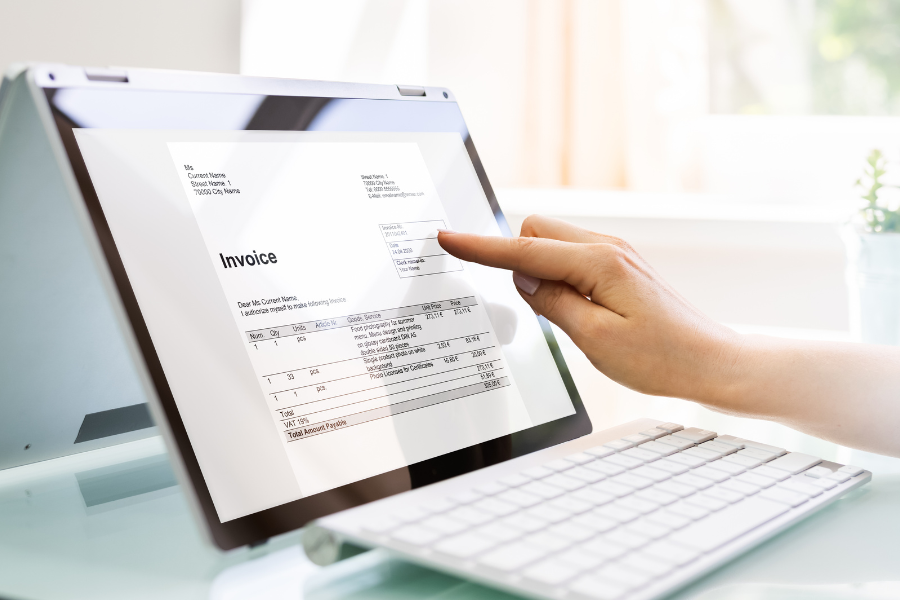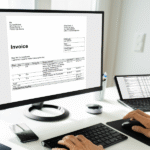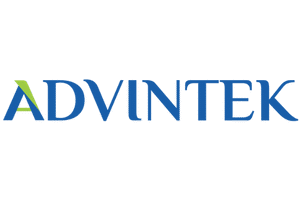If you’re working with eInvoice systems in Malaysia, you already know that compliance isn’t optional, it’s foundational. But what often gets overlooked is the architecture behind the scenes. Real-time validation through the MyInvois API isn’t just a technical feature; it’s the backbone of a reliable electronic invoice ecosystem.
Malaysia’s move toward mandatory e invoice malaysia adoption is reshaping how businesses generate invoice data and interact with tax authorities. With the LHDN rolling out phased implementation, companies are expected to align with the e invoice system either through the MyInvois Portal or API integration.
While the portal works for manual submissions, businesses aiming for scale and automation are turning to the MyInvois API. This is where middleware architecture becomes critical.
What Is Middleware in the Context of E-Invoicing?
Middleware acts as the bridge between your internal ERP or accounting system and the MyInvois API. It handles data transformation, validation, error handling, authentication, and communication with the electronic invoicing system.
Instead of trying to retrofit complex LHDN requirements into your legacy ERP, middleware offers a decoupled and flexible layer that can:
- Validate and map invoice data to the official e invoice format
- Handle real-time communication and responses from MyInvois
- Queue, retry, and track each digital invoice format submission
- Log every transaction for audit and compliance purposes
A well-designed middleware ensures your invoice in Malaysia is not just submitted but accepted without rejections, delays, or compliance risks.
Understanding MyInvois API and Its Role in the e Invoice Ecosystem
The MyInvois API is the gateway to LHDN’s electronic invoicing system. Every invoice that needs to be reported or validated under the new framework is transmitted through this API. But the system is strict each submission must adhere to exact invoice format Malaysia guidelines.
Key responsibilities of the MyInvois API include:
- Authenticating submissions via secure tokens
- Validating invoice payloads according to schema rules
- Responding with success/failure codes and QR codes
- Returning unique invoice identifiers and statuses
Failing to comply with these can lead to rejected invoices, potential fines, or disrupted sales cycles. Therefore, your middleware must be built to speak the same language as MyInvois instantly and flawlessly.
Why Real-Time Validation Is Non-Negotiable
Unlike traditional invoicing where you could generate, print, and send at your own pace, e invoice Malaysia introduces tight deadlines and structured data formats.
With real-time validation, your middleware confirms the invoice’s eligibility even before it’s submitted. Here’s why this is crucial:
- Prevents revenue leakage from untracked or failed submissions
- Eliminates rework caused by common formatting errors
- Improves customer satisfaction with faster, validated invoicing
- Ensures tax compliance by aligning with official formats like simple invoice format or export templates
In other words, it’s not just about generating invoice it’s about doing it right, every single time.
Key Architectural Components of Resilient Middleware
Let’s dive into the core elements that make up a reliable e invoice system middleware:
1. Internal Pre-Validation Engine
Before any data hits the MyInvois API, it should undergo internal scrutiny.
What it does:
- Verifies mandatory fields like invoice number, dates, seller and buyer details, tax rates
- Validates data types, such as numerical formats for pricing or string formats for names
- Confirms alignment with electronic invoice format schemas (e.g., SDK v4.2 rules)
- Maps input fields from multiple systems into a standardized invoice format
This step dramatically reduces rejections from LHDN and gives your team confidence that every invoice in Malaysia is accurate.
2. Transformation & Mapping Layer
Businesses use various ERPs, POS systems, and invoice templates. The invoice format used internally rarely matches the official digital invoice format.
Your middleware should:
- Map source invoice fields to MyInvois schema fields
- Convert file formats (e.g., from JSON/XML to MyInvois-compatible structures)
- Handle special cases like credit notes, debit notes, or self-billed invoices
- Support dynamic mapping rules to cater to changing schemas
With this layer, your electronic invoice is guaranteed to meet formatting requirements regardless of where it originated.
3. Authentication & Token Management
MyInvois uses a secure, token-based authentication protocol. Without proper token handling, every submission attempt could fail.
Your system must:
- Fetch, store, and refresh tokens securely
- Prevent session expiry by implementing token renewal cycles
- Encrypt tokens in storage and transit
- Log token usage per request for audit trail visibility
This protects your e invoice Malaysia data and keeps the submission pipeline running securely.
4. Asynchronous Processing & Queuing Mechanism
To avoid downtime during LHDN outages or peak loads:
- Introduce message queues for processing invoice payloads
- Process messages asynchronously, freeing up the ERP system
- Retry failed invoices using exponential backoff
- Detect permanent vs temporary failures (e.g., schema error vs network timeout)
This makes your e invoice system resilient even when MyInvois is not.
5. Real-Time Monitoring & Alerting
Silently failing invoices are a major threat. Real-time alerts are non-negotiable.
Ensure your middleware includes:
- Dashboards for tracking submission statuses
- Email/SMS/Slack alerts for failed or pending invoices
- Logs with complete request-response history
- Audit trails per user or transaction
Monitoring helps you fix errors before they affect your business operations or compliance status.
6. Multi-Tenant and Multi-ERP Support
If your company operates multiple brands, locations, or ERP systems, the middleware should:
- Accept invoice format free from various input systems
- Normalize these into a unified structure
- Maintain source identifiers for traceability
- Support role-based access control across business units
This ensures you don’t have to build new integrations for every new business division.
Real-Time vs Batch Processing: Choosing the Right Mode
While real-time submission offers speed and precision, batch processing may still be preferred in certain operational setups, particularly for businesses handling high invoice volumes at specific intervals. A resilient e invoice system should be able to accommodate both modes seamlessly.
| Mode | Pros | Cons |
| Real-Time | – Instant validation and feedback from MyInvois – Reduced rejection rates at scale – Improved cash flow visibility – Streamlined compliance monitoring | – Sensitive to API availability and ERP latency – Requires stable network and infrastructure – Higher integration complexity |
| Batch | – Efficient for high-volume data submission – Works well for back-office systems – Easier to schedule during off-peak hours – Lower resource usage per submission | – Delayed validation responses – Rejected invoices may go unnoticed longer – Higher risk of cascading errors- Not suitable for time-sensitive invoicing like B2C or digital services |
A robust middleware should allow businesses to:
- Automatically toggle between real-time and batch mode based on API uptime and business operating hours
- Define business rules to switch modes depending on transaction type, value, or customer category
- Support partial batches e.g., only failed invoices from a previous batch are reprocessed
- Handle hybrid models, where high-value or time-sensitive invoices are submitted in real-time, while routine, low-priority ones are processed in batch
For example, businesses in retail might prioritize real-time validation for online or POS transactions to issue immediate receipts and QR codes, while enterprises that close books at the end of the day may prefer batch submission for B2B invoices.
Handling Rejections Gracefully: Error Management
Rejections can occur due to:
- Missing mandatory fields
- Invalid e invoice format
- Incorrect tax classification
- Schema mismatches (especially during SDK upgrades)
Middleware should include:
- Auto-parsing of error codes from MyInvois
- Classification of errors (correctable, retryable, critical)
- Automated workflows for correction or escalation
- Logging of who corrected what, when, and why
Compliance, Security, and Data Governance
With sensitive financial data flowing through your e invoice Malaysia process, the middleware must ensure:
- Data encryption (at rest and in transit)
- Secure API gateways and firewalls
- Regular vulnerability scans
- Full audit logs for every invoice number and payload
- Role-based access and dual control for invoice approvals
Governance ensures your electronic invoicing system is compliant not just with LHDN, but with corporate IT and audit policies too.
How to Ensure Future Readiness for Schema Updates
LHDN has already released updates in the SDK v4.2, and more are expected as new sectors come under compliance. Your middleware must adapt quickly.
To prepare:
- Track SDK changes via sandbox environments
- Use configuration files instead of hardcoded mappings
- Modularize schema-specific logic for faster rollouts
- Test all invoice format Malaysia variants across updates
Being schema-agile avoids downtime during enforcement windows.
Conclusion: Why Advintek Is the Right Partner for Middleware Excellence
At Advintek, we understand that real-time invoice validation is not just a technical hurdle, it’s a business-critical function.
Our robust middleware platform was purpose-built for Malaysia’s evolving electronic invoice environment. With support for:
- QuickBooks, Autocount, SAP, Microsoft Dynamics, SQL, Xero, and other ERP integrations
- Real-time pre-validation and transformation
- Queue-based submission engine
- Smart retry and failure handling
- Secure token lifecycle management
- Centralized monitoring and error visibility
- Continuous SDK compliance (including SDK v4.2+)
we ensure that your entire e invoice Malaysia process is smooth, compliant, and scalable.
We’ve already helped Malaysian businesses reduce invoice rejections by over 80% and achieve real-time compliance with full visibility. With Advintek, you get not just technology but peace of mind.









